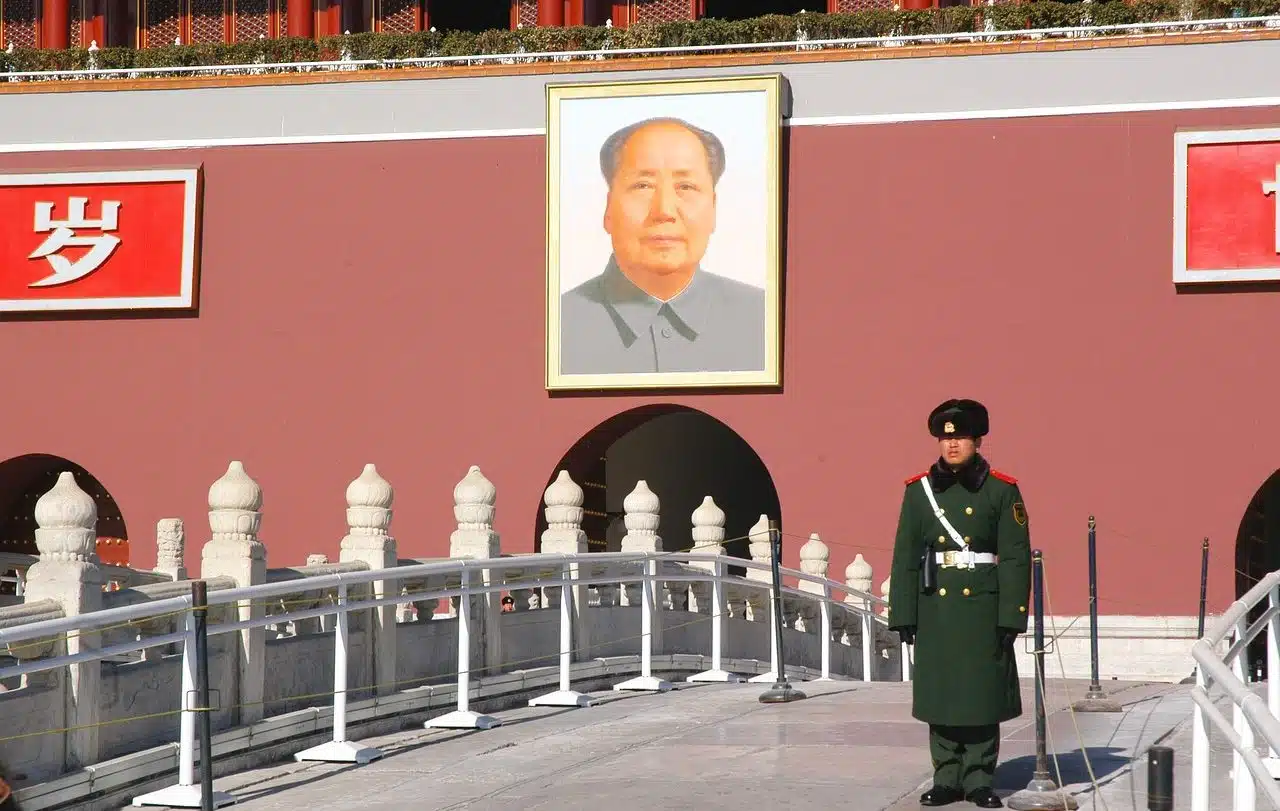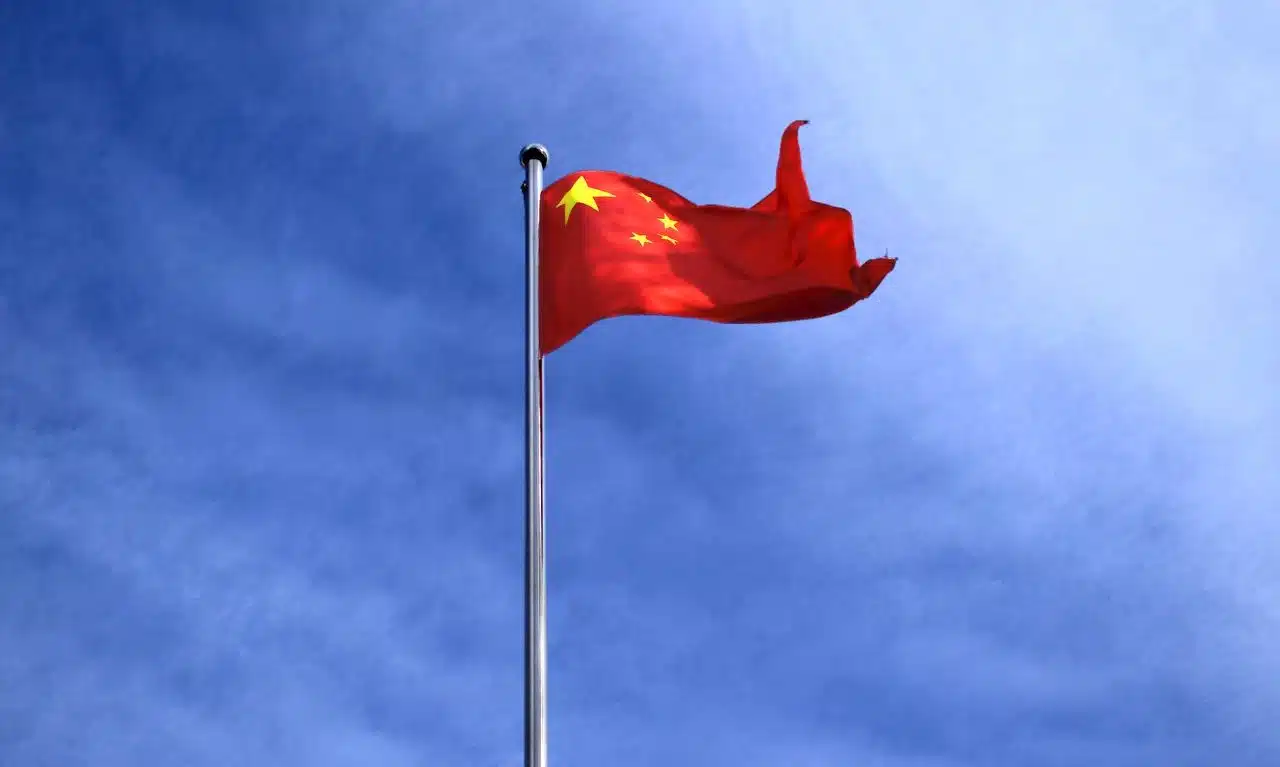
The Chinese Cultural Revolution was promoted by Mao Zedong.
The Chinese Cultural Revolution was a process begun by Mao Zedong in May 1966 to restructure the society of the Asian giant based on communist ideals. This movement lasted until 1976 , when Mao died.
The goal of the Chinese Cultural Revolution was to eliminate all traces of capitalism and leave behind the traditional and dynastic components of the country . At the same time, it sought to reposition the precepts of the Communist Party of China and Maoist thought (the version of Marxism - Leninism developed by Mao ) after the tragic consequences of the modernization and industrialization campaign known as the Great Leap Forward .
Origin of the Chinese Cultural Revolution
The origin of the Chinese Cultural Revolution lies in Mao Zedong 's intention to regain power after the Great Leap Forward . This is the name given to the program that, as president of the PC , he promoted between 1958 and 1961 to achieve rapid industrialization , accompanying the initiative with the Popular Commune Movement to reformulate rural areas.
However, the Great Leap Forward and the People's Commune Movement did not have the desired effect and contributed to the so-called Great Famine that cost the lives of between 15 and 55 million people . Faced with this reality, Mao was highly criticized at the Conference of 7,000 cadres that took place in 1962 and lost his privileged position in the CP . By then he was no longer president of the People's Republic of China (a position held by Liu Shaoqi ) nor general secretary of the party (a role held by Deng Xiaoping ).
In his attempt to regain his place, Mao began to denounce that there were bourgeois components infiltrated in the communist government and thus promoted the Chinese Cultural Revolution , fomenting class struggle and persecuting moderates and revisionists. In this context he sought to achieve ideological reaffirmation, counting as his main allies his wife Jiang Qing and the military man Lin Biao .

The Chinese Cultural Revolution included various anti-rightist campaigns.
Its development
The development of the Chinese Cultural Revolution involved multiple confrontations in all sectors of Chinese society. Students, for example, formed groups of Red Guards to fight against the elite and persecute those they considered opponents, even committing murders (such as the Red August massacres).
The Chinese Cultural Revolution focused on criticism of the Four Olds : old habits, old customs , old ideas, and old culture . A division was also drawn between the Five Red Categories (the workers, the poor peasants, the revolutionary cadres, the soldiers of the People's Liberation Army and the martyrs of the Chinese Communist Revolution ) and the Five Black Categories (the landowners, the rightists, counterrevolutionaries, rich peasants and bad influences).
Within the framework of this process, political repression was accentuated: anyone who did not show loyalty to Mao was persecuted. Through propaganda, the cult of the leader's personality was also exalted.
Confiscation of property, subjection to torture, forced labor regimes, arbitrary detentions and even executions were common resources of the Chinese Cultural Revolution , where censors also acted and looting of religious and cultural spaces was carried out.
According to some estimates, the fatalities of the Chinese Cultural Revolution could be up to 20 million . The movement promoted by Mao not only nullified political activism, but also had a negative impact on economic activities.

With the death of Mao, the Chinese Cultural Revolution came to an end.
The end of the Chinese Cultural Revolution
The end of the Chinese Cultural Revolution was declared by the Ninth Congress of the Communist Party of China , which was held in April 1969 . At this meeting, Mao was re-elected as president of the CP and the Central Military Commission , Maoism was adopted as the official ideology and Lin Biao was appointed vice president of the CP .
Beyond this official closure of the process, analysts point out that this proletarian cultural revolution continued to develop. With the betrayal of Lin Biao , who had been elected Mao 's successor and then attempted to overthrow the leader, the struggles continued.
Biao died in 1971 , leaving a power gap in the communist regime. At the 10th Congress of the Communist Party , four leaders who would form the Gang of Four rose in the hierarchy: the aforementioned Jiang Qing ( Mao 's wife), Zhang Chunqiao , Yao Wenyuan and Wang Hongwen .
However, shortly before he died, Mao Zedong appointed Hua Guofeng as his successor. On September 9, 1976, Mao died and less than a month later, Hua Guofeng ordered the arrest of the Gang of Four to prevent them from challenging him for power. Thus, after the trial of the Gang of Four , Qing , Chunqiao, Wenyuan and Hongwen were convicted as responsible for the damage caused by the Chinese Cultural Revolution and the cycle came to a close.
Boluan Fanzheng
The rise of Hua Guofeng , however, was not enough to avoid power clashes. In 1979 , the rebirth of Deng Xiaoping , previously persecuted and finally chosen as the new Chinese leader, took place. This leader launched the concept of Boluan Fanzheng , which aimed to reverse the errors of the Chinese Cultural Revolution , even recognizing its victims.
Xiaoping addressed de-Maoization and promoted social and political reforms, achieving the economic opening of China and contributing to the modernization of the country.
